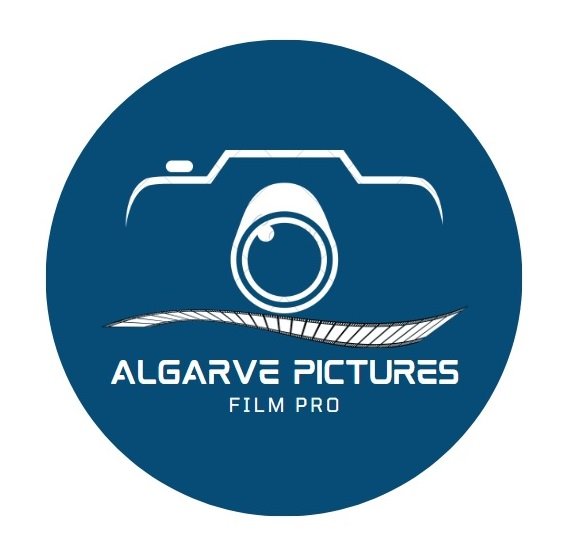Podcasting has become a popular way for people to share their thoughts, ideas, and experiences with others. Whether it’s for entertainment or education, podcasts provide a unique opportunity for listeners to engage with content in a way that other mediums may not offer. If you’re interested in starting your own podcast, this guide will provide you with the essential steps you need to get started.
-
Define Your Purpose
Before you start creating your podcast, it’s important to define the purpose of your podcast. This means determining what you want to achieve with your podcast and who your target audience is. By having a clear purpose, you’ll be able to create content that resonates with your audience and keeps them coming back for more.
-
Choose Your Niche
Podcasts are most successful when they focus on a particular niche or topic. This allows you to cater to a specific audience and stand out in a crowded podcast market. Think about your interests and areas of expertise. What do you enjoy talking about? What topics do you know a lot about? Once you’ve identified your niche, start researching other podcasts in the same category to get an idea of what’s already out there.
-
Get the Right Equipment
One of the most important aspects of creating a podcast is having the right equipment. This includes a microphone, headphones, and a recording device or software. A good quality microphone is essential to ensure your voice sounds clear and professional. Headphones will allow you to hear your recording in real-time and make any necessary adjustments. There are many different recording devices and software available, so do your research to find the one that best suits your needs.
-
Plan Your Episodes
Once you have your niche and equipment sorted, it’s time to start planning your episodes. Consider your audience and what they would be interested in hearing. Create a list of potential topics and guest speakers you would like to interview. Plan out the structure of your episodes, including any segments or features you would like to include. It’s important to have a clear plan in place to ensure your podcast flows smoothly and is engaging for your audience.
-
Record Your Episodes
When it comes to recording your episodes, there are a few things to keep in mind. Firstly, find a quiet and acoustically treated space to record in. This will help to reduce any unwanted background noise or echoes. Make sure you have all of your equipment set up correctly and test your audio levels before you start recording. It’s a good idea to do a test recording to ensure everything sounds good before you start your episode.
Algarve Pictures Production offers a fully equipped studio in Loule (Algarve, Portugal) for both audio and video podcasting
-
Edit Your Episodes
Once you’ve recorded your episode, it’s time to edit it. Editing involves removing any unwanted sections, adjusting the audio levels, and adding any sound effects or music. There are many different editing software programs available, so choose one that suits your needs and level of expertise. Take the time to listen to your episode carefully and make any necessary edits to ensure it sounds professional and engaging.
-
Publish Your Episodes
Once your episode is edited and ready to go, it’s time to publish it. There are many different podcast hosting platforms available, such as Libsyn, Buzzsprout, and Podbean. Choose a hosting platform that best suits your needs and budget. When you upload your episode, make sure to include a description and relevant tags to help your audience find your podcast.
-
Promote Your Podcast
Finally, it’s important to promote your podcast to ensure it reaches your target audience. Use social media platforms like Twitter, Facebook, and Instagram to share your episodes and engage with your audience. Consider running ads on social media or collaborating with other podcasters in your niche to increase your reach. The more you promote your podcast, the more likely it is to gain traction and build a loyal following.


